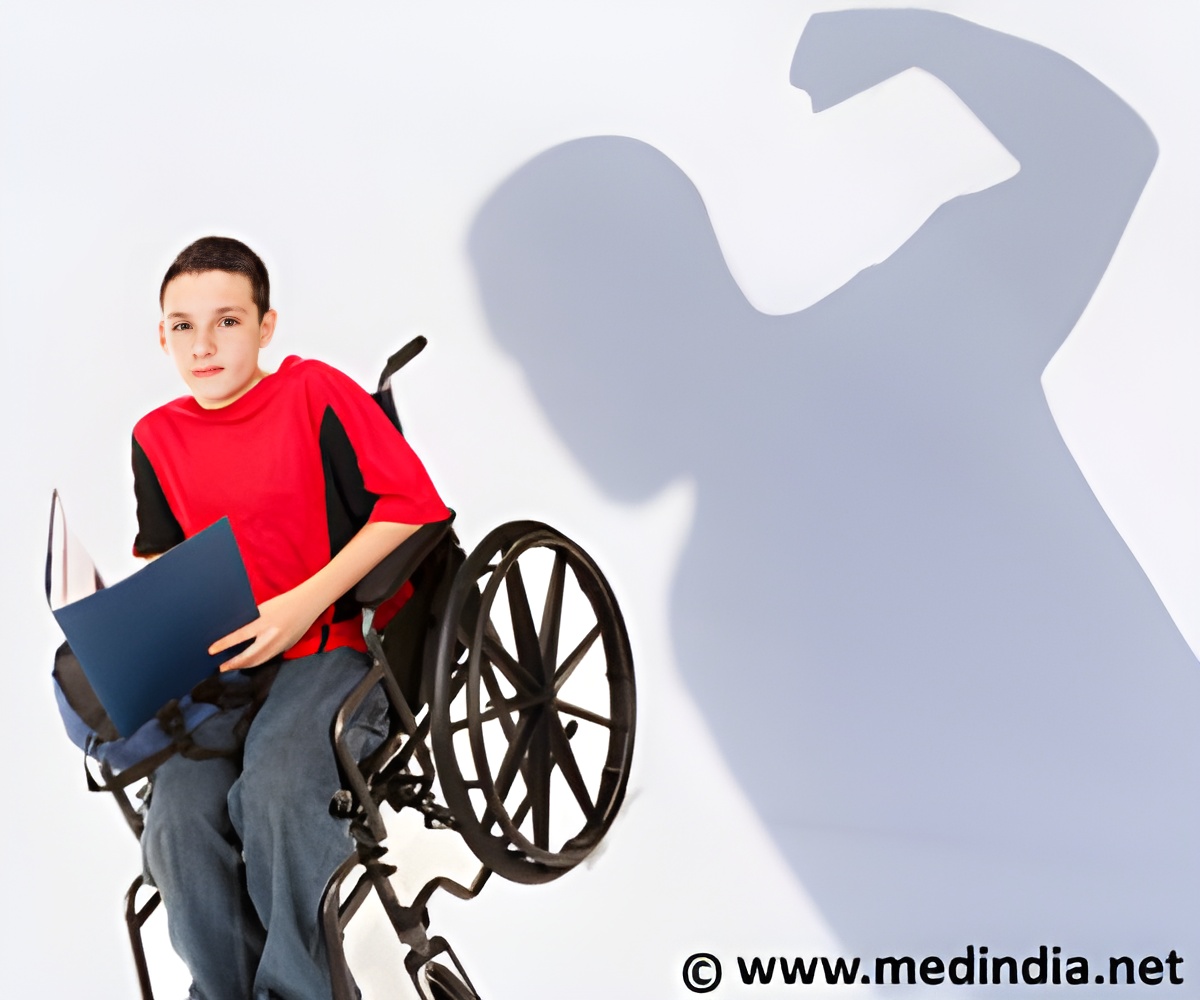Disabled children are 3 to 4 times more likely to be victims of violence as compared to those without any disability.

According to World Health Organization, disability is an umbrella term, covering impairments, activity limitations, and participation restrictions. Impairment is a problem in body function or structure; an activity limitation is a difficulty encountered by an individual in execution of a task or action; while a participation restriction is a problem experienced by an individual in involvement in life situations. Thus disability is a complex phenomenon, reflecting an interaction between features of a person’s body and features of the society in which he or she lives.
Violence is defined as the deliberate or intentional use of physical power or force, actual or threatened against someone else. It may lead to mal-development, psychological harm or deprivation.
Disabled children are the most vulnerable targets of violence and it is seen that about 93 million children suffer from moderate to severe disabilities.
Study researcher Lisa Jones and colleagues conducted a meta-analysis and systematic review to collect evidence for the occurrence and risk of violence against disabled children. This review has been published in The Lancet Online Publication 2012.
The data was extracted from 12 electronic databases to identify cross-sectional, case-control, or cohort studies reported between Jan 1, 1990, and Aug 17, 2010. The incidences of violence were noted in disabled children aged ≤18 years.
The researchers found that around 26.7 percent of disabled children were exposed to sexual, physical, emotional abuse or neglect in their lifetime. 20.4 percent of children experienced severe level of physical violence and about 13.7 percent of disabled children experienced sexual abuse.
The study showed that disabled children were almost four times more susceptible to the risk of experiencing aggression and violence than those children who are without any disability.
Further the risk of sexual violence is higher in children with mental disability as compared to children with other forms of physical disabilities or without any disability.
The way other individuals treat disabled children greatly affects their quality of life. Disabled children are easy targets of violence incidents due to societal stigma, social discrimination, ignorance, wrong religious beliefs and perceptions, non-availability of social support for careers, increased vulnerability due to increased need for medical and social care and attention, inadequate communication, etc. It is the duty of the government and civil society to ensure that such victimization is exposed and prevented.
Low-income and middle-income countries generally have higher population rates of disability, higher levels of violence, and fewer support services than do high-income countries.
Dr Etienne Krug, the Director of WHO's Department of Violence and Injury Prevention and Disability, commented, "The results of this review prove that children with disabilities are disproportionately vulnerable to violence, and their needs have been neglected for far too long. We know that specific strategies exist to prevent violence and mitigate its consequences. We now need to determine if these also work for children with disabilities. An agenda needs to be set for action."
Reference:
Prevalence and risk of violence against children with disabilities: a systematic review and meta-analysis of observational studies; Lisa Jones et al; The Lancet Online Publication 2012
Source-Medindia









